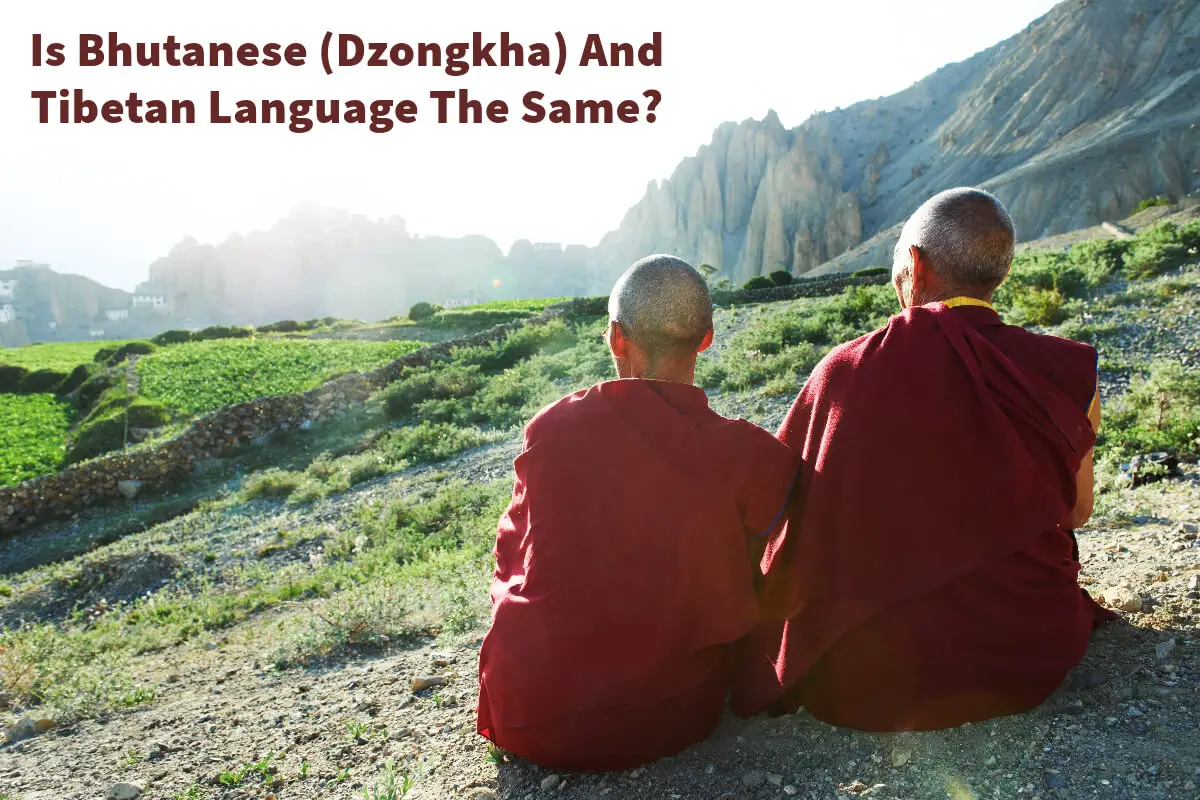When discussing the Himalayan expanse, Bhutan and Tibet immediately come to the forefront of our thoughts. Both of them are magical places or the Shanghai-la of the world.
Bhutan and Tibet are steeped in rich cultural traditions, captivating terrains, and profound spiritual rituals. Both of these regions possess languages with striking similarities. Dzongkha, the national language of Bhutan, is commonly known as Bhutanese. In contrast, Tibetan serves as the predominant language in Tibet. Although originating from the same linguistic lineage, these languages have distinct characteristics.
Table of Contents
- Is Bhutanese (Dzongkha) And Tibetan Language The Same?
- 15 Intriguing Facts About Tibet
- Related Questions
Is Bhutanese (Dzongkha) And Tibetan Language The Same?
When we talk about the Himalayan region, two countries that prominently figure in our mind are Bhutan and Tibet. Rich in cultural heritage, mystical landscapes, and deep-rooted religious practices, both regions are home to languages that strongly resemble one another.
The national language of Bhutan is Dzongkha, often referred to as Bhutanese. Meanwhile, the primary language of Tibet is Tibetan. While the two languages hail from the same language family, they are distinct in many ways.
Dzongkha, or Bhutanese, belongs to the family of 53 Tibetan languages. The script it employs, called Chhokey (meaning “Dharma language”), mirrors the classical Tibetan script. In the academic setup of Bhutan, English is predominantly used as the medium of instruction in the schools.
However, Dzongkha holds a significant place as it is taught as Bhutan’s national language.
On the other hand, Tibetan is the primary language spoken across the vast expanse of Tibet, with its nuances and dialectical variations.
To better understand the relationship between Dzongkha and Tibetan, let’s explore some differences and similarities:
Similarities Between Bhutanese (Dzongkha) And Tibetan Language:
Historical Roots:
Both languages trace their origins to the same Tibetan language family, giving them a shared historical and linguistic heritage.
Script:
The script used in Dzongkha, Chhokey, is almost identical to classical Tibetan. This means that literate speakers of one language can often read the other, even if they don’t understand it.
Buddhist Texts:
Due to shared Buddhist traditions, many religious texts in both languages have similar content and structure.
Basic Vocabulary:
Core vocabulary, especially terms related to family, daily life, and Buddhism, are often similar in both languages.
Phonetic Elements:
Specific phonological characteristics, such as tone and many consonant clusters, are shared between Tibetan and Dzongkha.
Differences Between Bhutanese (Dzongkha) And Tibetan Language:
Dialectal Variation:
Tibetan has multiple dialects depending on the region (like U-Tsang, Kham, and Amdo Tibetan), while Dzongkha has fewer dialectal variations.
Pronunciation:
Despite having similar scripts, the pronunciation of many words differs significantly between the two languages.
Grammar And Syntax:
Over time, Dzongkha has evolved its unique grammatical rules and sentence structures, which diverge from Tibetan.
Loanwords:
Due to Bhutan’s geographical location and interactions, Dzongkha has incorporated several loanwords from neighboring languages like Nepali. Tibetan, meanwhile, has its own set of borrowed words, primarily from Sanskrit and Chinese.
Usage:
Tibetan is spoken by a larger population and across a broader geographic area, leading to a greater diversity in spoken forms. Dzongkha, being the national language of a smaller country, has a more standardized form promoted by the state.
While Dzongkha and Tibet share a deep-rooted linguistic lineage, they are distinct languages with their intricacies and flavors. Bhutan and Tibet’s geographical, political, and cultural evolutions have significantly shaped the two languages.
For a linguistic enthusiast, exploring these two languages provides a profound understanding of the rich tapestry of the Himalayan cultural and historical landscape.
15 Intriguing Facts About Tibet
Tibet, often called the ‘Roof of the World,’ is a land of mystery, monasteries, and mountains. Nestled high up in the Himalayas, Tibet’s history, culture, and natural beauty have fascinated and captivated people worldwide for centuries.
I have had the chance to go into parts of the remote areas of Tibet. It was amazing the way people still lived as they have for centuries. Tibet is a magical and intriguing place.
Here are 15 intriguing facts about this remarkable region:
Elevated Landscape:

Tibet houses the Tibetan Plateau, the world’s highest and largest plateau, with an average elevation of over 4,500 meters (14,800 ft).
Home To Mount Everest:

The northern face of Mount Everest, the highest mountain in the world, lies within Tibet. It’s locally known as ‘Chomolungma,’ meaning ‘Goddess Mother of the World.’
Birthplace Of Tibetan Buddhism:

Tibet is the birthplace of Tibetan Buddhism. The religion has four primary schools, each with distinct practices and teachings, but all revering the Dalai Lama.
Potala Palace:
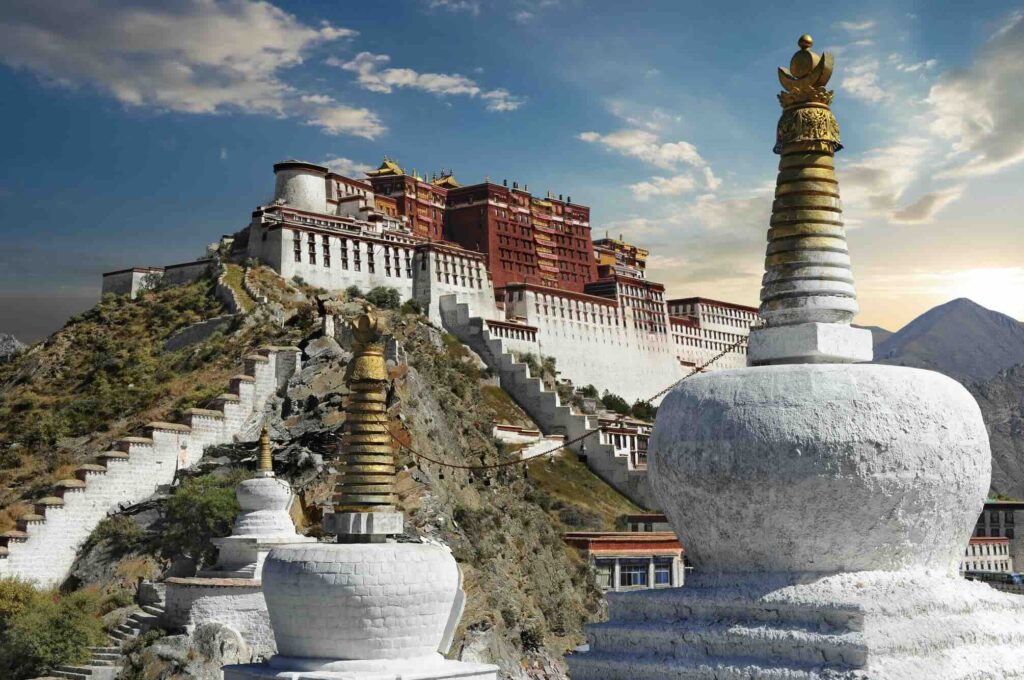
This UNESCO World Heritage Site was once the residence of the Dalai Lama. It is located in Lhasa and is a stunning example of Tibetan architecture with over a thousand rooms.
Sacred Lakes:
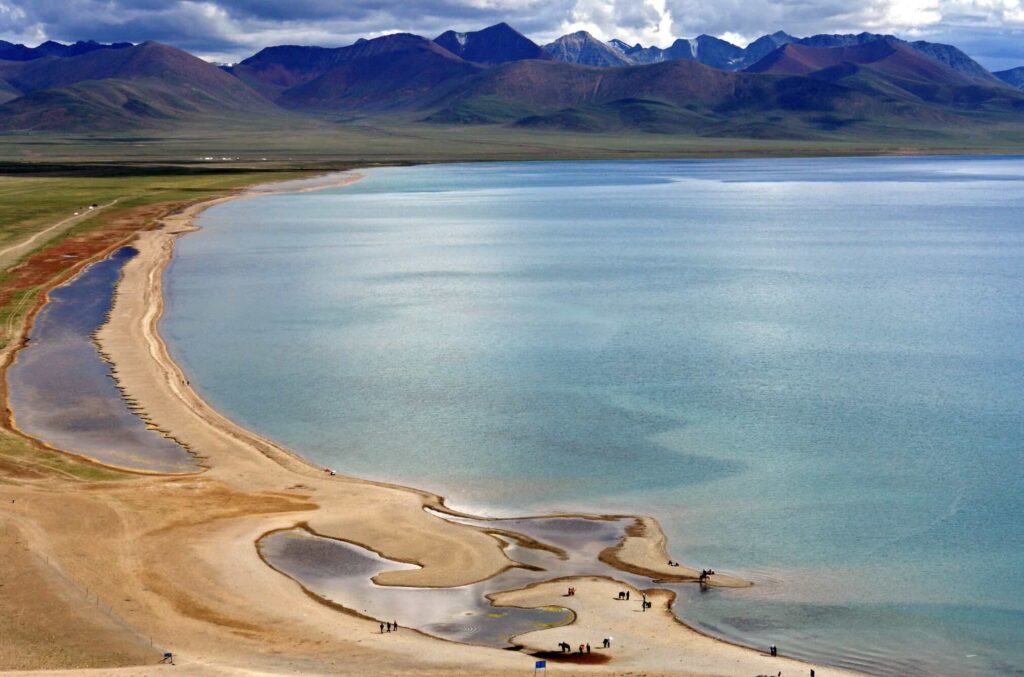
Tibet is home to many high-altitude lakes considered sacred. One of the most famous is Lake Namtso, known for its stunning turquoise waters and spiritual significance.
Sky Burials:
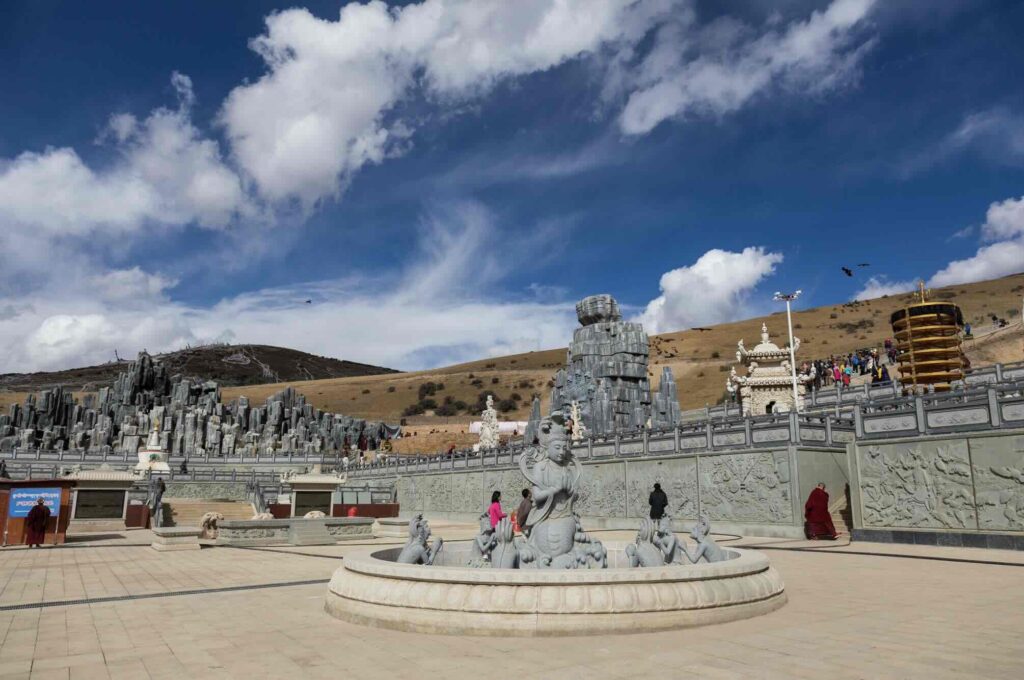
Traditional Tibetan funerals often involve ‘sky burials,’ where the deceased’s body is left exposed to the elements and vultures. It’s a practice rooted in Buddhist beliefs about impermanence and reincarnation.
Yaks Everywhere:
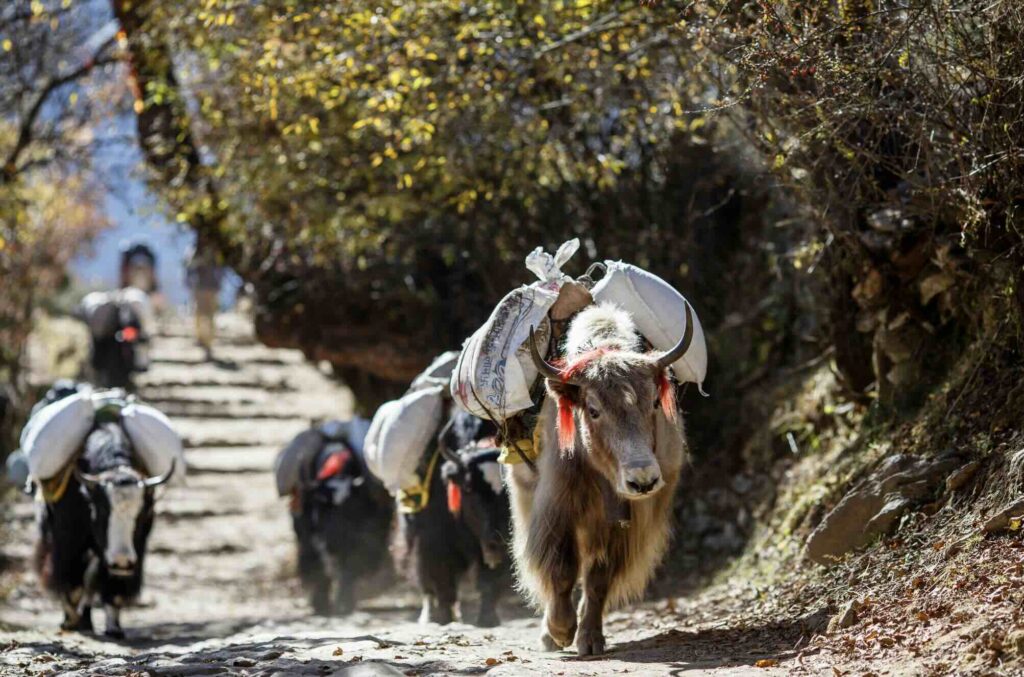
These hardy animals are native to the Himalayan region and are crucial for Tibetan livelihood, providing milk, meat, and hides. They’re also often used as pack animals.
Unique Calendar:
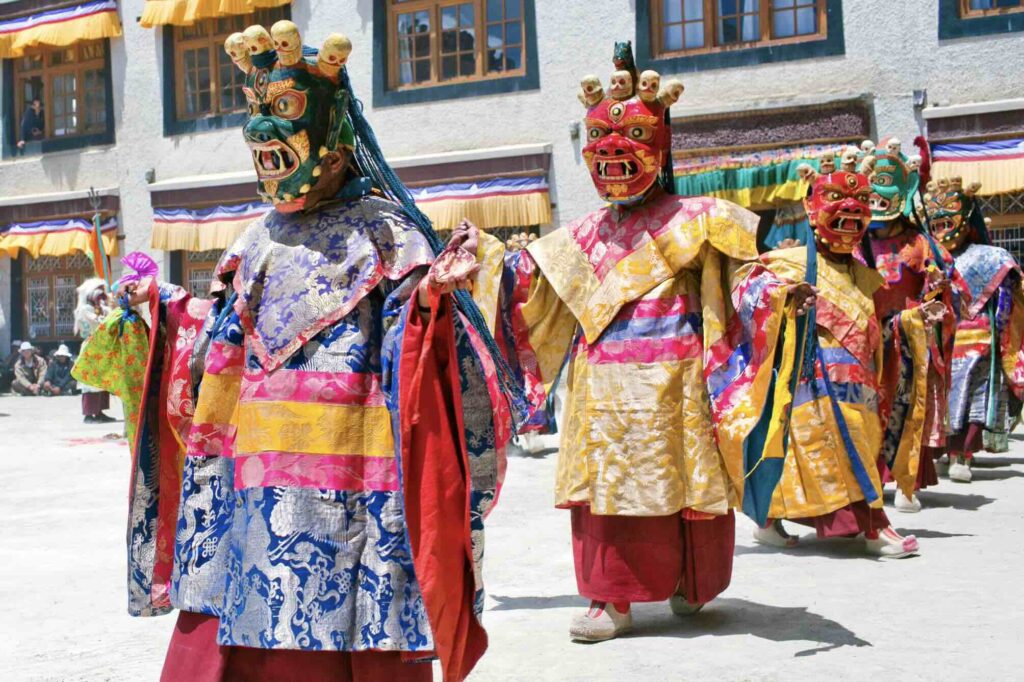
The Tibetan calendar is lunisolar and quite different from the Gregorian calendar. Their New Year, called ‘Losar,’ is celebrated with much pomp and splendor.
Traditional Tibetan Medicine:

Sowa Rigpa, the traditional Tibetan medicinal system, has been practiced for over a thousand years. It combines spiritual, philosophical, and medical teachings.
Delightful Delicacies:
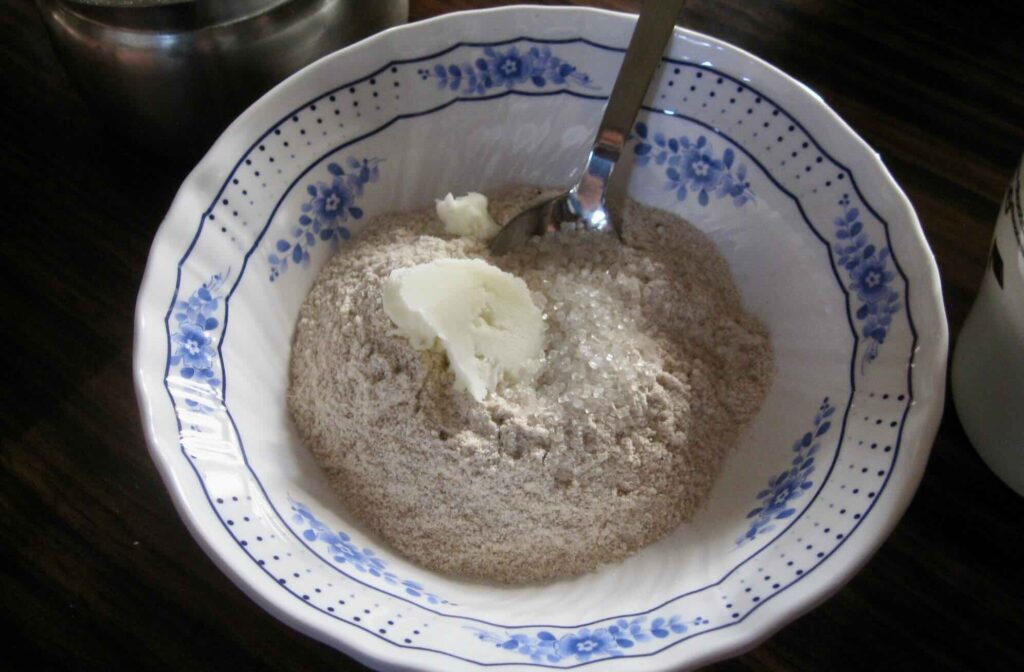
Tibetan cuisine is unique and has been adapted to the high-altitude conditions. Staples include barley-based ‘tsampa’ and butter tea.
Tibetan Opera:
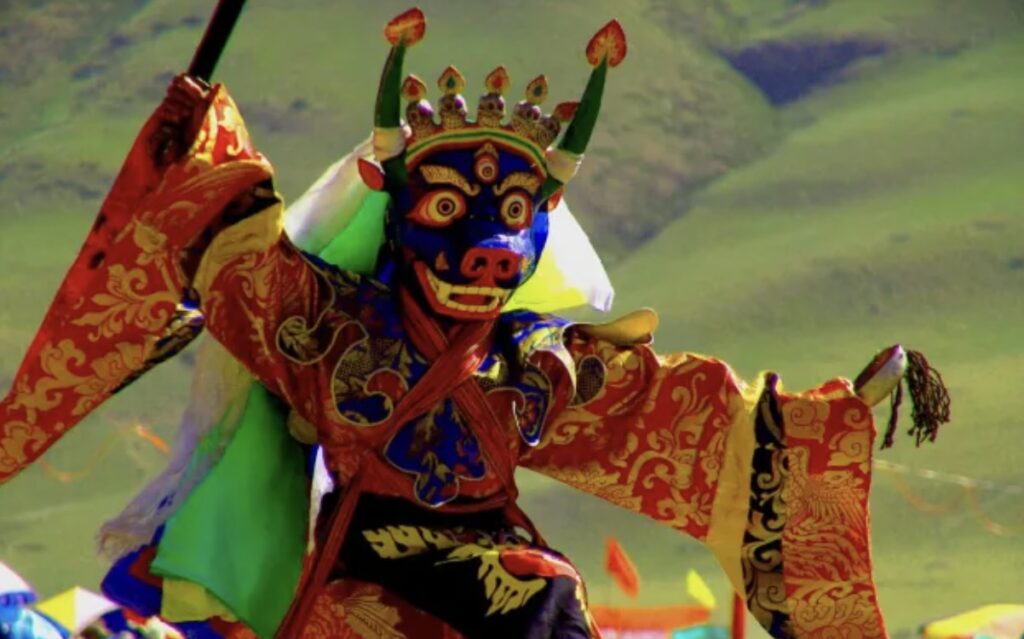
Known as ‘Lhamo,’ the Tibetan Opera is a vibrant blend of music, dance, and storytelling that can last for many hours or even days.
Sand Mandala:
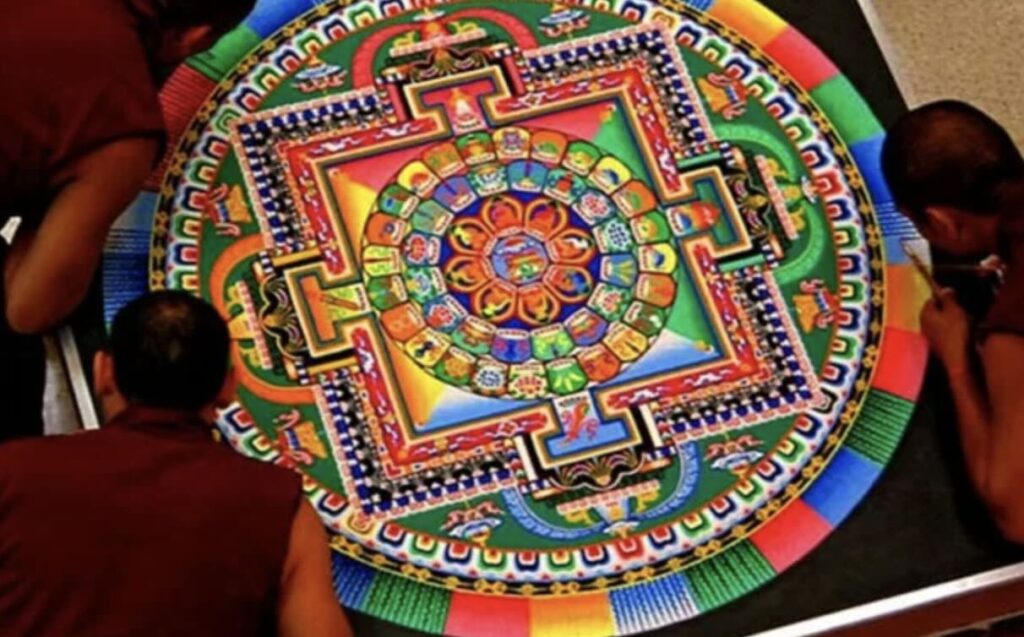
Tibetan monks create intricate mandalas from colored sand as a form of meditation. After completion, these masterpieces are ceremoniously dismantled to symbolize the impermanence of life.
Mystical Sky Caves:
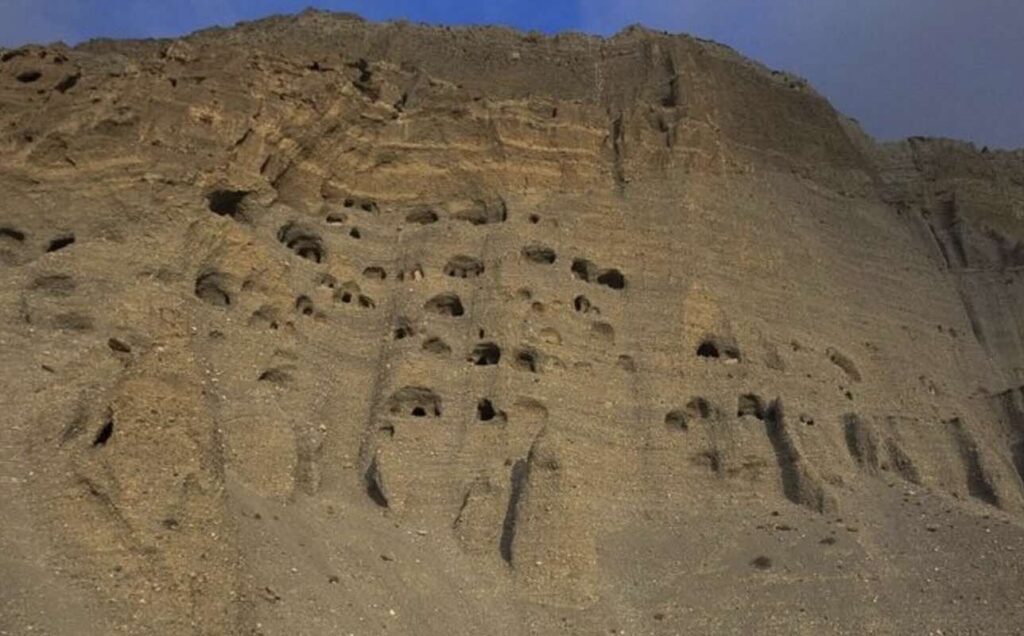
The ancient Sky Caves of Mustang in Tibet are a series of artificial caves carved into the cliffside, whose origins and purpose remain a mystery.
Sacred Scrolls:
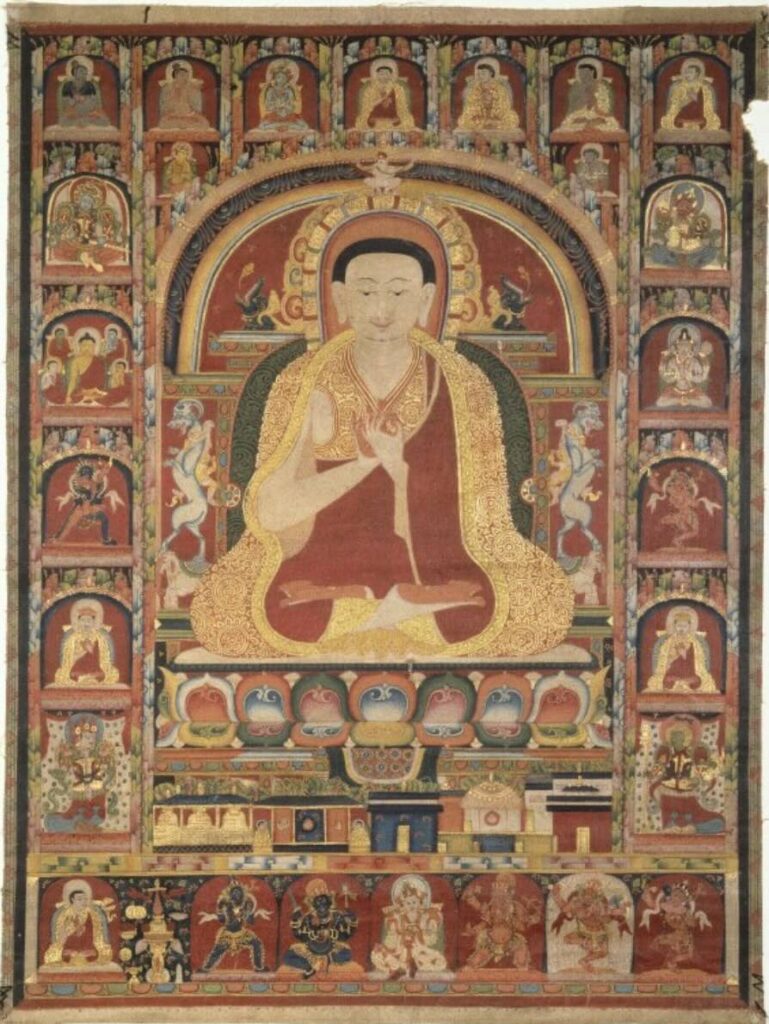
Thangkas are traditional Tibetan Buddhist scroll paintings on cotton or silk depicting deities or mandalas. They’re used as aids in meditation.
Endangered Language:
The Tibetan language, despite its rich literary tradition, is at risk. UNESCO has categorized it as an ‘endangered’ language due to various socio-political factors.
Tibet is undoubtedly a place of deep spirituality, breathtaking landscapes, and rich traditions. These 15 facts only scratch the surface of what this incredible region offers.
Whether you’re an avid traveler, a history buff, or someone seeking spiritual solace, Tibet is a destination that promises an unforgettable experience.
At A Bus On A Dusty Road, we talk about history, travel, life, sailing, and ex-pat living. We are all about “Living Life As A Global Citizen.” We explore social, cultural, and economic issues and travel.
We would love to have you be part of our community. Sign up for our newsletter to keep up-to-date by clicking here. If you have any questions, you can contact me, Anita, by clicking here.
Listen to our Podcast called Dusty Roads. You can find it on all major podcast platforms. Try out listening to one of our podcasts by clicking here.
Subscribe to our A Bus On A Dusty Road YouTube Channel filled with great videos and information.
Related Questions
Who Built the Long Bien Bridge in Hanoi, Vietnam?
The Long Bien Bridge in Hanoi, Vietnam, is an iconic bridge that was designed by the great French architect Gustave Eiffel. The bridge has a long history and is an important part of French rule in Vietnam. It was a target of bombings by the American forces during the Vietnam War. Today, you can ride a motorcycle or bicycle or walk across the Long Bien Bridge.
You can discover more by reading Who Built the Long Bien Bridge in Hanoi, Vietnam? by clicking here.
Early Morning Exercise in Hanoi, Vietnam, What You Need to Know
In the early mornings in Hanoi, Vietnam, many streets bustle with people out exercising. It is usually safe to go out early in Hanoi, Vietnam. People in the city tend to start their days very early. You must also get up early to see the early morning exercise. There are many places in Hanoi where you can see a lot of early-morning exercisers. Starting the day early is a habit that many people have throughout all of Asia.
You can learn more by reading Early Morning Exercise in Hanoi, Vietnam, What You Need to Know by clicking here.
Is Hong Kong A Separate Country Or A Part Of China?
Hong Kong and China have basic laws similar to what we would in the United States consider our constitution or our rights as individuals and citizens of a country. This fundamental law clearly states that Hong Kong is part of China’s country.
By clicking here, you can discover Is Hong Kong A Separate Country Or A Part Of China?

